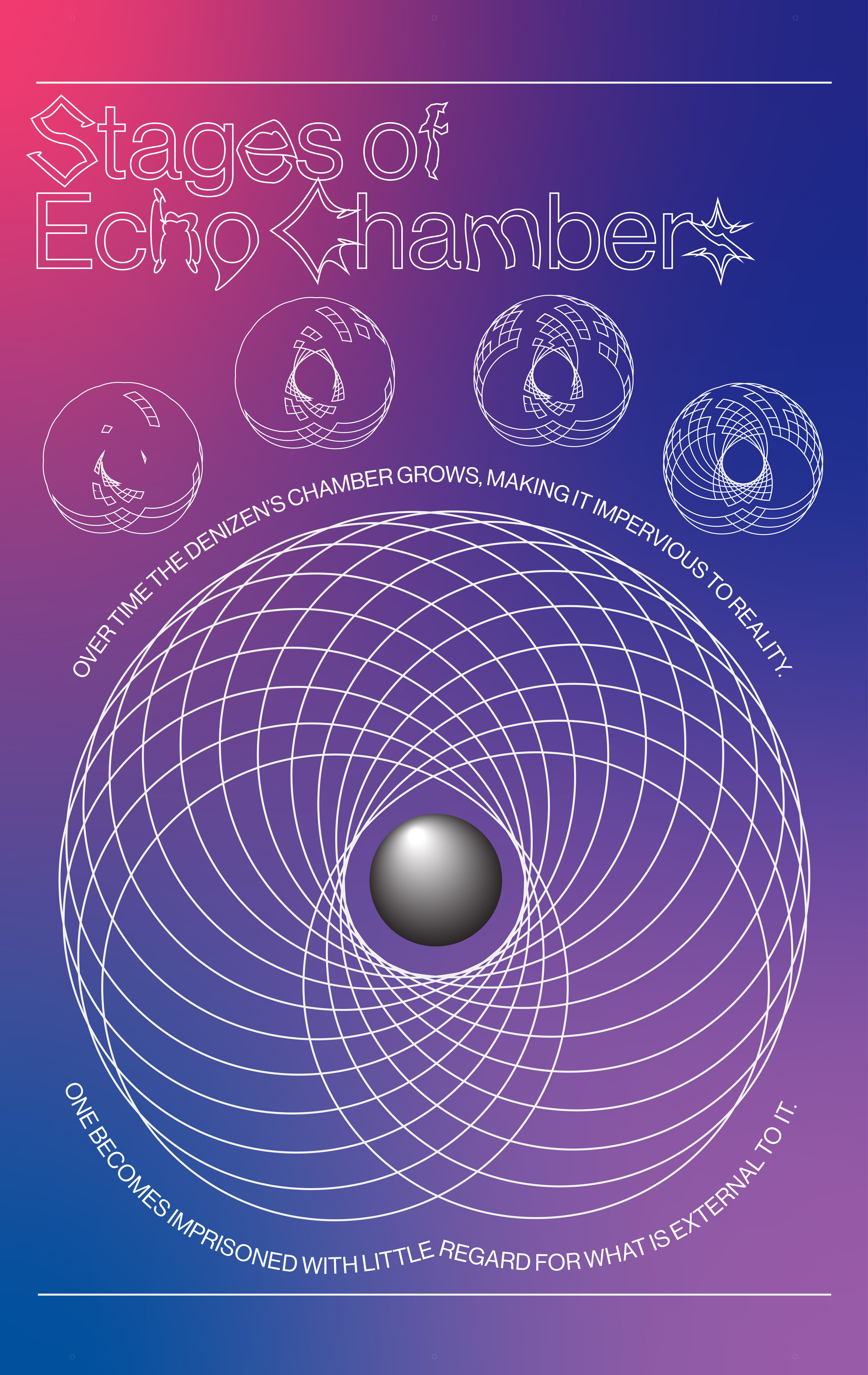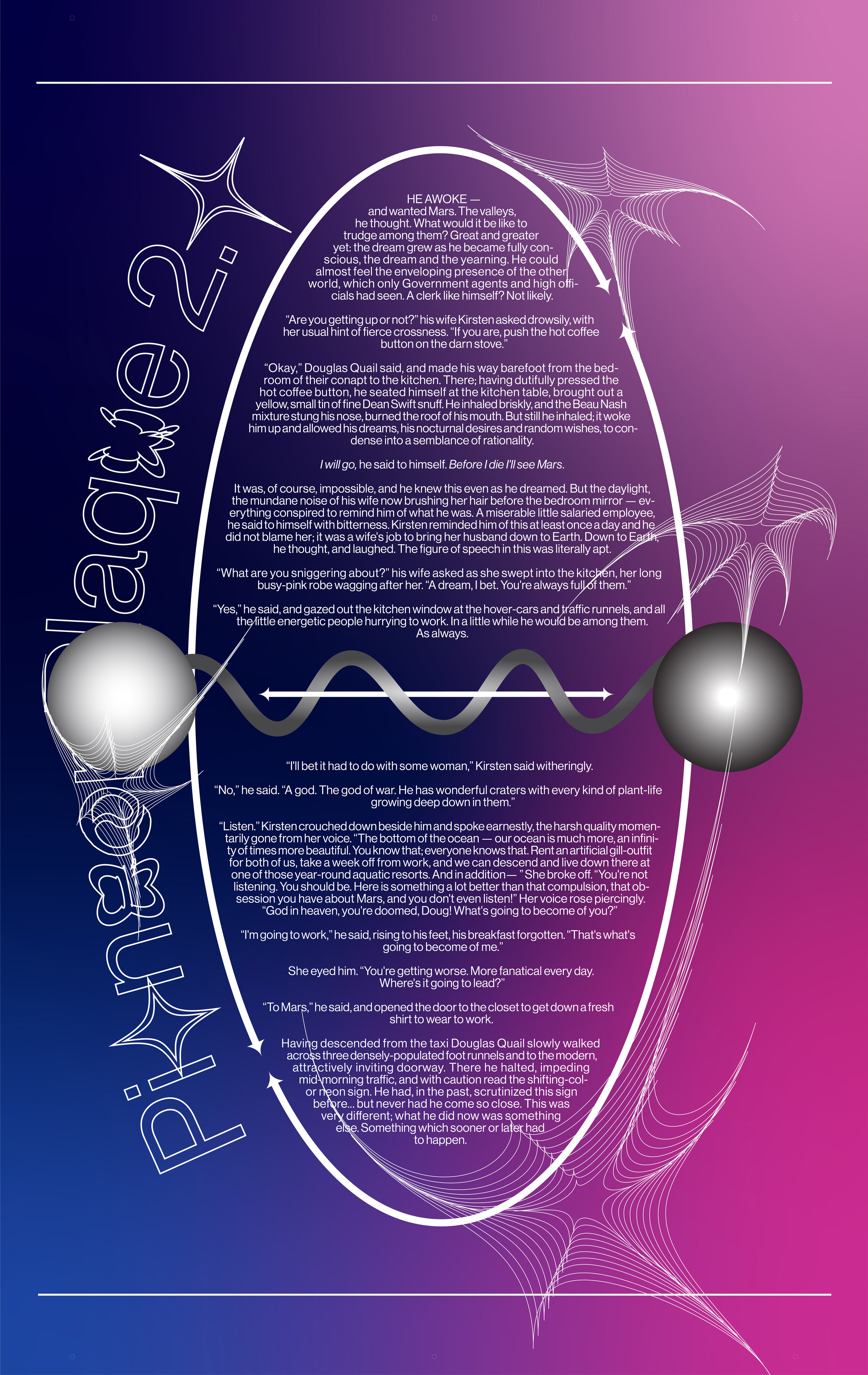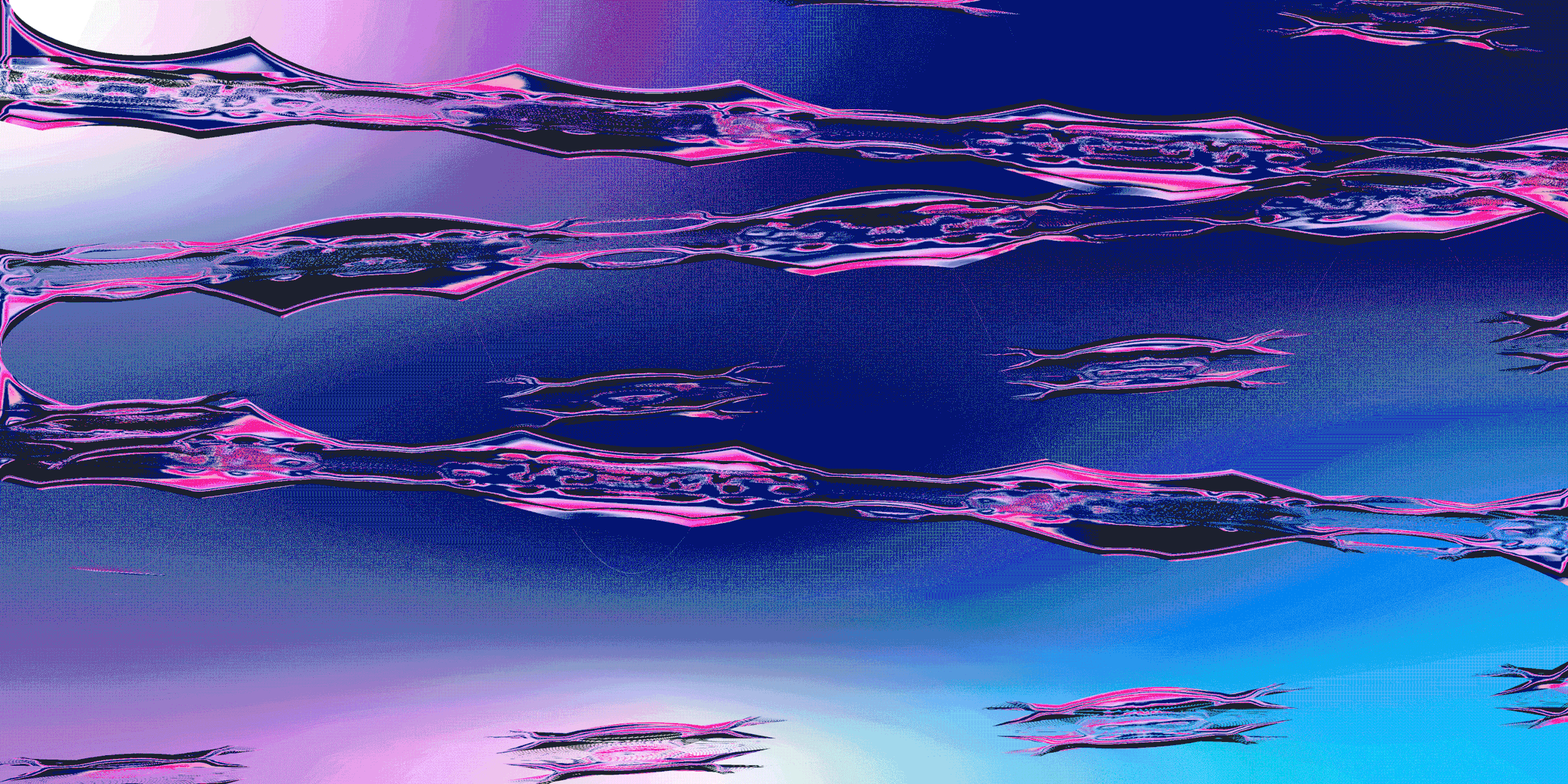Grace Spee
Signs of Life
Signs of Life is an exploration of the last frontier left to humanity – the virtual frontier. Humans now exist across multiple planes of reality. Many of us have found community within digital spheres. This can range from Twitter, Instagram, Reddit, VRChat and other video games, Discord, Twitch communities, and Facebook groups, just to name a few. What happens in digital space can greatly influence what happens in organic space. Technology and the digitization of our lives have drastically changed the way we view ourselves and the world around us. The lines between real and virtual have begun to blur and redefine our concepts of truth, reality, and self. Signs of Life begins to explore how these ways of living affect us culturally, socially, and psychologically, while questioning how we develop and maintain our senses of self in these digital worlds.
BOOK 1
This project is an exploration of both the external virtual world and the internal digital self. As such, the publication is bound in the dos-á-dos style. The first book maps the digital unknown, places that exist between mind and matter. The books themselves contain excerpts from interviews, books, fictional narratives, and songs, interspersed with large, colorfully-designed graphic spreads.
Artist and social analyst Lil Internet points out that “as societies spend more and more time immersed in VR, the schematic of VR engagement can become preferable to what is experienced in analog time and space, and people demand this schematic of analog reality” (PSYOP, p. 107). Recent years have brought both the triumph and hazard of virtual living into sharp relief.
The advent of the internet, social media, and other new media spaces as well as unbridled access to knowledge has not created a more enlightened society, but, as Metahaven states, one “where each individual’s subjectivity is based on feelings (validated by the echo-chamber like algorithms of the feed and self-curation) that demand to become reality” (ibid). It seems to me that we are starting to see some people impose their self-created cyber realities on physical reality. In their interview (which you can read an excerpt from in my publication), Lil Internet and Metahaven give the example of the Brexit vote, where “the statements about the European Union on which Brexit was based were mostly false. But Brexit as an outcome is an actuality.” In America, vaccine and COVID mistrust has originated and been perpetrated within digital spheres.






BOOK 2
The second book mirrors our real and digital selves, reflecting our avatars and the way we communicate. I have grappled with the intersection of identity and digital fantasy since I was a child. I was born in 1991 and I just barely remember getting our first home computer. Early digital aesthetics made a lasting impression on me. I found a community of like-minded netizens, engaging with video games communities and internet pop culture groups.
Like the protagonists of the games I played, I sought my place in the world, looking for proof that I belonged and that I was valid. Interactive media allowed me to take on personas far beyond anything I would achieve in the organic world. I could be a mage, a magical girl, or a mech-wielding maniac flying above my enemies on a battlefield. It also allowed me to feel like a better, cooler version of myself, as I, like many children, sometimes experienced loneliness and bullying. I carved a home for myself in video games and digital spaces, but I also recognize they are not without their dangers.






POSTER & INSTALLATION
My poster and AR installations expand upon the visual language I developed from my thesis book. I created a series of eight posters, with the first four reflecting the examination of the cyber self and communication, while the second four reflect the exploration of digital space. I researched charts and diagrams, co-opting visual language and typography from influential infographics over time, while layering additional science-fiction and fantasy aesthetics on top. The concept of fluidly moving between 2D and 3D modes of working is one that is central to my practice. Methods of practice involve experimenting with various forms of digital media and print.
For this project, I approached image making as a creative expression of all the research I had read. I first created pseudo-scientific diagrams, which fueled an interest in the visual language of scientific design. I modeled three-dimensional shapes and combined them with bright, fantastical colors and sci-fi chrome, aiming to walk a line between aesthetics of technology and the human body. Signs of Life merges design fueled by personal interests, fictional narratives, and experimental typography into a publication, a poster series, and an augmented reality exhibition. Formally, the work distills small, simple moments to ask larger questions about how we function in a post-fact, hyperreal society.










